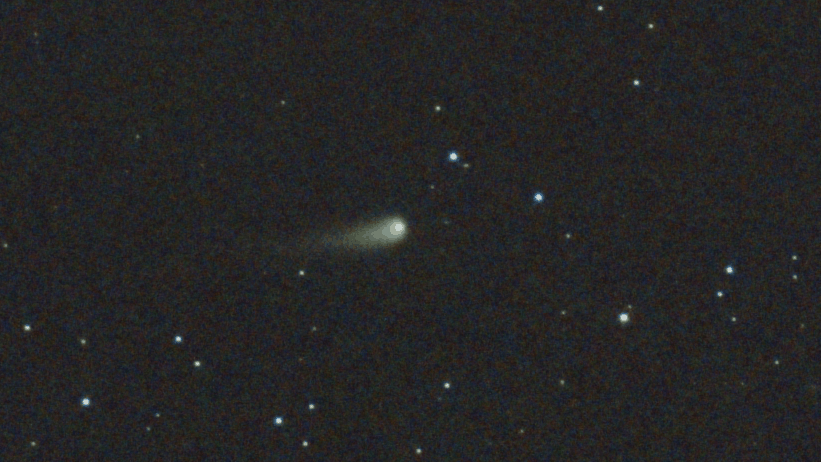NASA astronaut Matthew Dominick has given the world a unique sight – a timelapse of a comet passing by the Earth. The video, made onboard the International Space Station, shows comet C/2023 A3 (Tsuchinshan-ATLAS) in all its beauty.
So far Comet Tsuchinshan-ATLAS looks like a fuzzy star to the naked eye looking out the cupola windows. But with a 200mm, f2 lens at 1/8s exposure you can really start to see it. This comet is going to make for some really cool images as it gets closer to the sun. For now a… pic.twitter.com/JstaSLJ4Ui
— Matthew Dominick (@dominickmatthew) September 19, 2024
Due to the slow motion footage, it seems as if the comet rises above the Earth. But in fact, even from orbit, the comet is barely visible to the naked eye. “To the naked eye, the comet looks like a fuzzy star, but with sensitive optics you can see the gas tail,” wrote Dominick. The astronaut promises that the most interesting images are waiting to be taken as the comet gets closer to the Sun.
Dominick is known for his breathtaking astrophotographs from space. He has previously captured auroras, meteorites and star trails. Comet Tsuchinshan-ATLAS has become his new object of study.

This comet was simultaneously discovered by two observatories in 2023. First, it was taken for an asteroid, but further observations showed that it was a small comet with a diameter of about 1-2 kilometers. Interestingly, C/2023 A3 travels through our Solar System in a retrograde orbit around the Sun, which means it moves in the opposite direction to most large objects such as planets and asteroids.
Scientists believed the comet came to us from the Oort Cloud, a giant spherical shell of icy bodies beyond the orbit of Neptune. This is where, according to theory, long-period comets come from. Observing Tsuchinshan-ATLAS will help to better understand the origin and properties of these celestial bodies.
Dominick’s videos are not just impressively beautiful footage, but valuable scientific material. The timelapse will allow astronomers to study the comet in detail and reveal some of the mysteries of our Solar System.
We previously told you about whether comet PanSTARRS was the first disappointment of 2024.
According to Space


